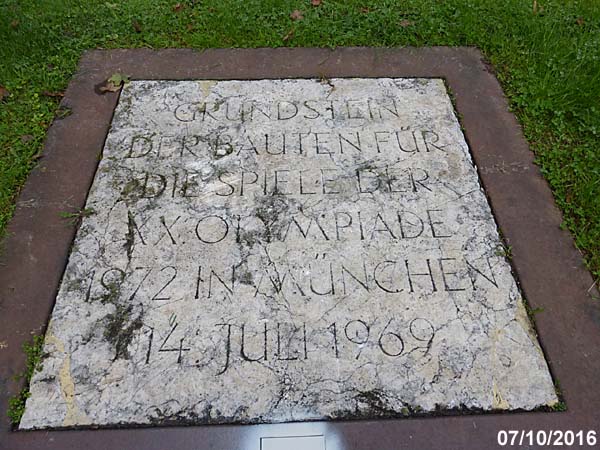Olympic
Stadium, Munich, Germany


Architect
|
Frei Otto, Günther
Behnisch, Hermann
Peltz, Carlo Weber |
Date Built
|
Opened May 26, 1972
|
Location
|
Olympiapark
|
Description
|
|
The foundation stone for the
Olympic Park was laid on July 14, 1968.

The guide book for the Olympiastadion explains
that, "... Free space of about 280
hectares in size was available to construct
competition venues and accommodation for the
athletes at the Oberwiesenfeld on the north
side of Munich, just a few kilometers away
from the city centre. The area,
practically undeveloped, made it possible to
implement the idea of 'games in green
surroundings' and at the same time to
fulfill the premise of 'Olympic Games with
short distances'. With its spectacular
tent roof, Gunter Behnisch's office won the
architectural competition. Frei Otto
realized the draft of the curved tent roof."
|
Close
Window

|





